Air Quality Sensor
Updated: 6/28/2025 Words: 0 words Reading time: 0 minutes
Air quality sensors are used to detect and quantify pollutants in the air, including particulate matter, contaminants, and harmful gases that are detrimental to human health, as well as environmental conditions like temperature and humidity. They can be used in applications such as air quality monitoring, industrial gas detection, combustion controllers in aircraft, and oxygen concentrators.
Preparation
Hardware
| Hardware | Description | Image |
|---|---|---|
| Creative Box Platform | 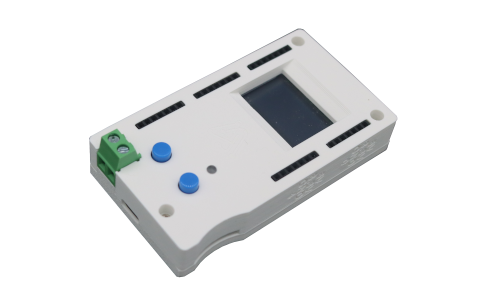 | |
| Environmental Monitoring Module | Included with Creative Box purchase | 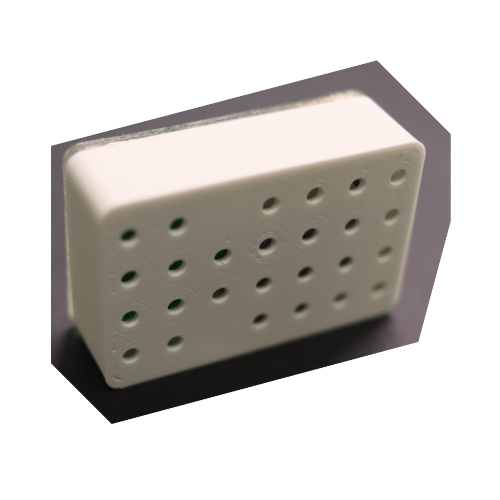 |
Software
| Software | Link | Description |
|---|---|---|
| Environmental Monitoring App | Link | Official frontend application, can be loaded and used directly through the console. |
Connection
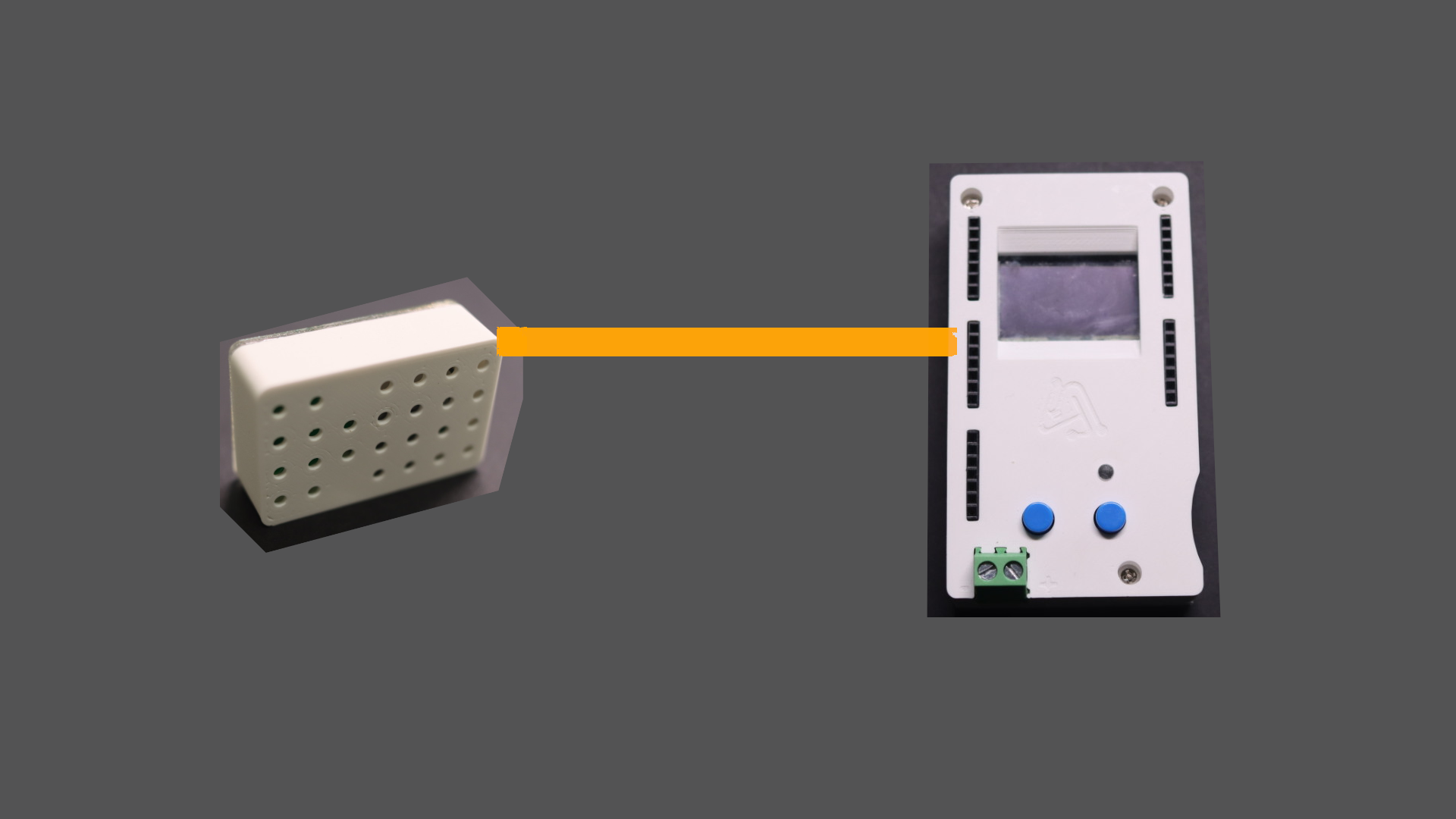
| Connection |
|---|
| ▀ Connect the environmental monitoring module to any pin group on the platform. The connection shown above uses pins 12-15 |
Usage
Reading Current Air Quality Information
Open the Creative Box console and load the Environmental Monitoring Board application from the sensor applications. Enter the application and select the pin number where the Creative Box connects to the environmental monitoring module. The webpage will then automatically display the current air quality information.
Note
The air quality sensor needs 3 to 5 minutes to warm up and produce stable readings after power-on. Please wait for its readings to stabilize.
| Creative Box Console | Load Application | Select Pin Number and Display Current Environmental Data |
|---|---|---|
 |  | 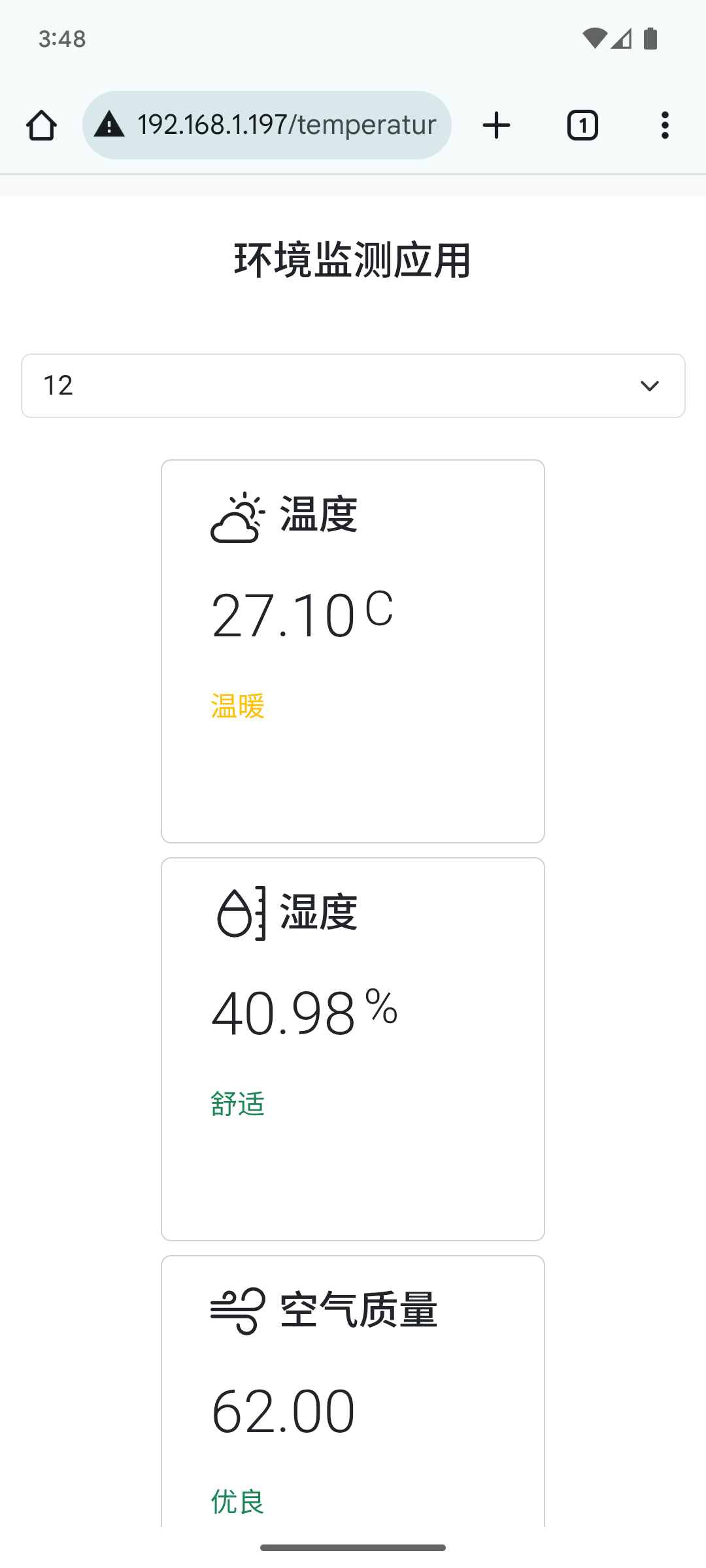 |
Principles
AGS02MA Air Quality Sensor
The official environmental monitoring module integrates the AGS02MA air quality sensor. This sensor monitors the concentration of total volatile organic compounds (TVOC values, such as formaldehyde, benzene, alcohol, methane, and other organic volatile compounds) and equivalent carbon dioxide (CO₂ concentration estimated by TVOC data combined with algorithms) in the air. It uses metal oxide semiconductor gas-sensing materials (such as SnO₂, WO₃, etc.), whose resistance changes with changes in surrounding gas components. When TVOC gas molecules come into contact with the sensor surface, they undergo a redox reaction with the gas-sensing material, causing the material's resistance value to change. By measuring the resistance change, the gas concentration can be indirectly inferred.
Reference Datasheet Download
| Datasheet Download | Link |
|---|---|
| AGS02MA | Link |
Parameters
| Parameter Name | AGS02MA |
|---|---|
| Operating Temperature | 0-50°C |
| Control Interface | I2C Interface |
| I2C Address | 0x1A |
| Interface Support Rate | Less than 30kHz |
| Operating Voltage | 3.3V-5.5V |
| Power Consumption | Normal supply current is 28mA |
Reading Air Quality
The following screenshot (AGS02MA Datasheet 7.2) shows how to read air quality information from AGS02MA using the I2C interface.
- First, write one byte of data via the I2C interface, with the data being 0x0.
- Then, read five bytes of data via the I2C interface. The first byte is the status byte, followed by three bytes of organic compound concentration data, and finally a checksum byte.
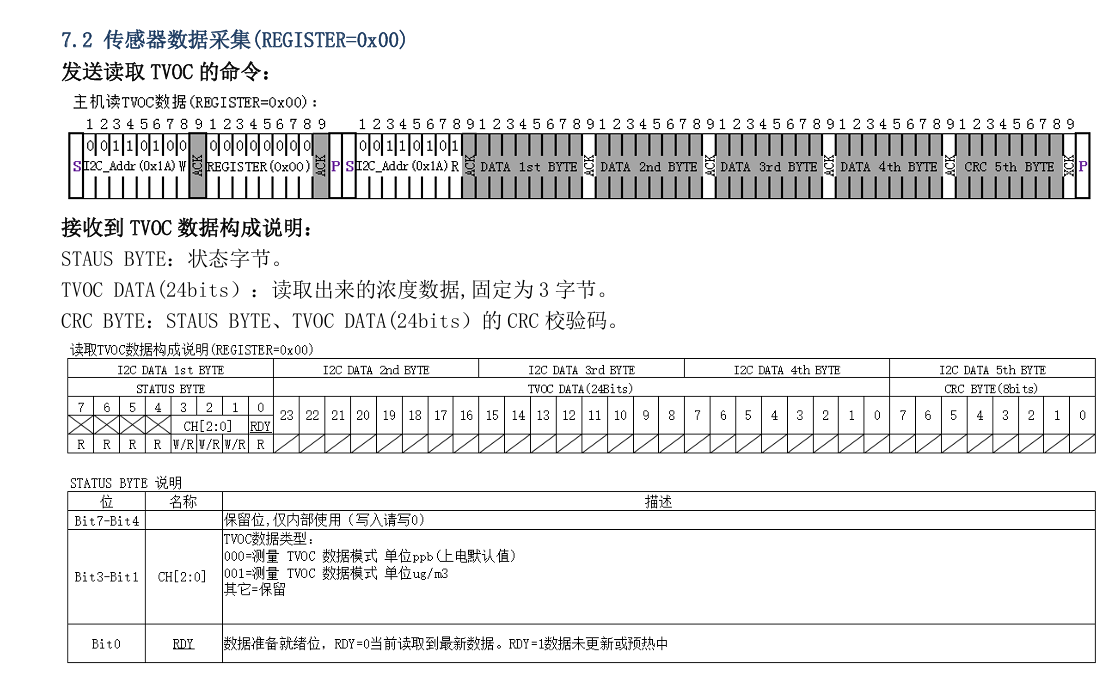
Air Quality Calculation
After obtaining the organic compound concentration data, please refer to the diagram below for the corresponding air quality.
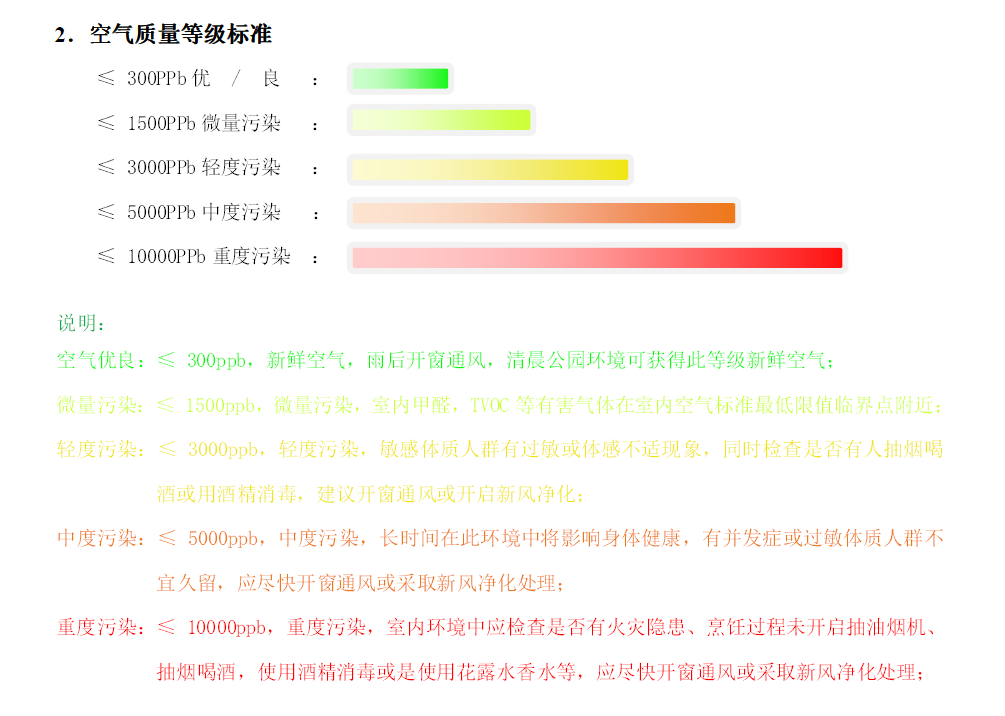
 Sensor Sparks
Sensor Sparks